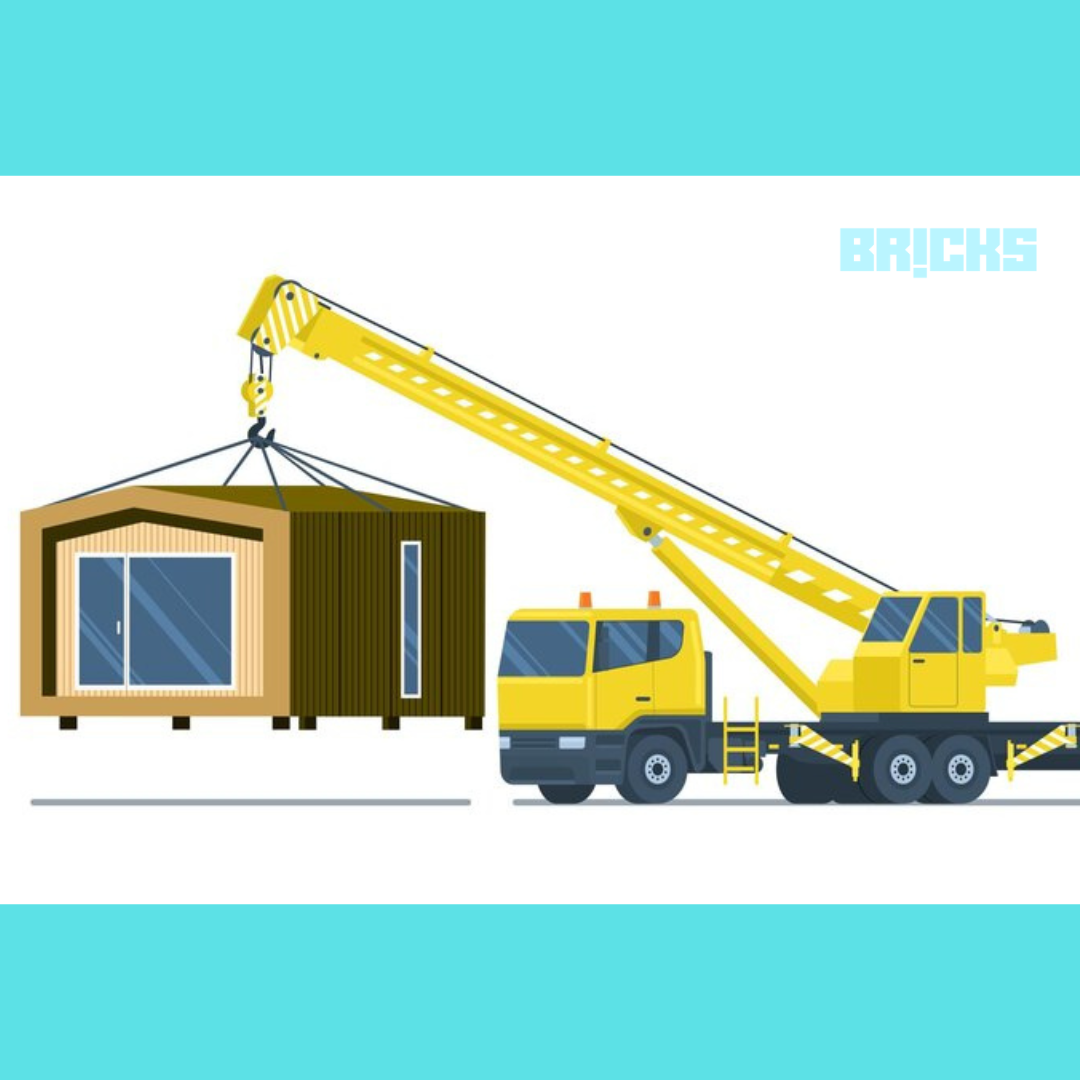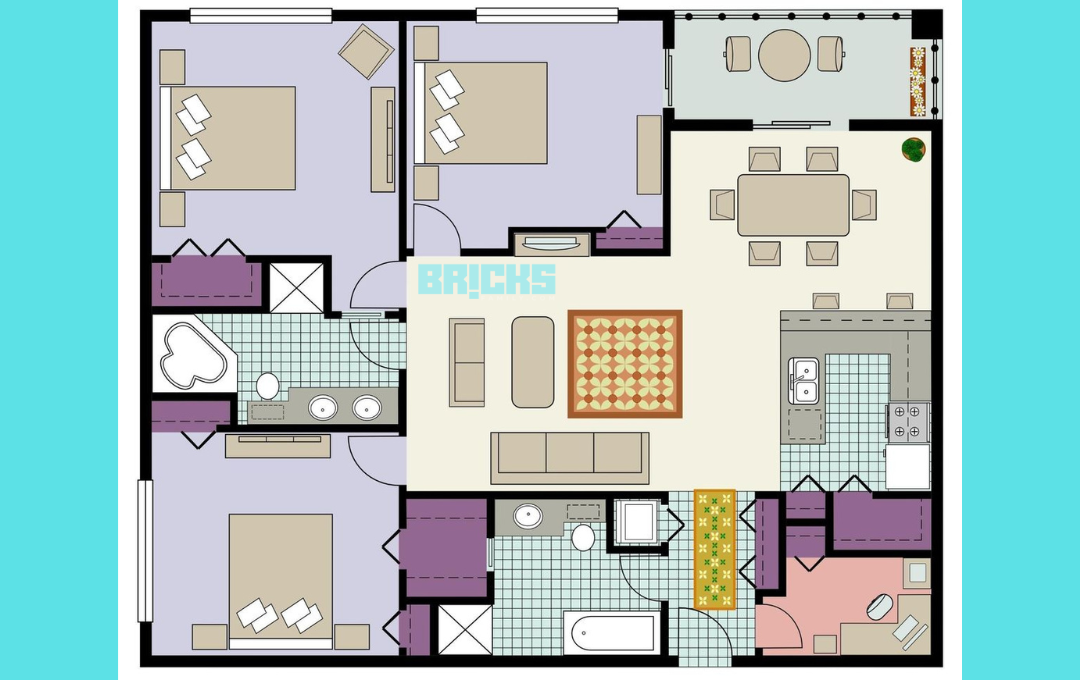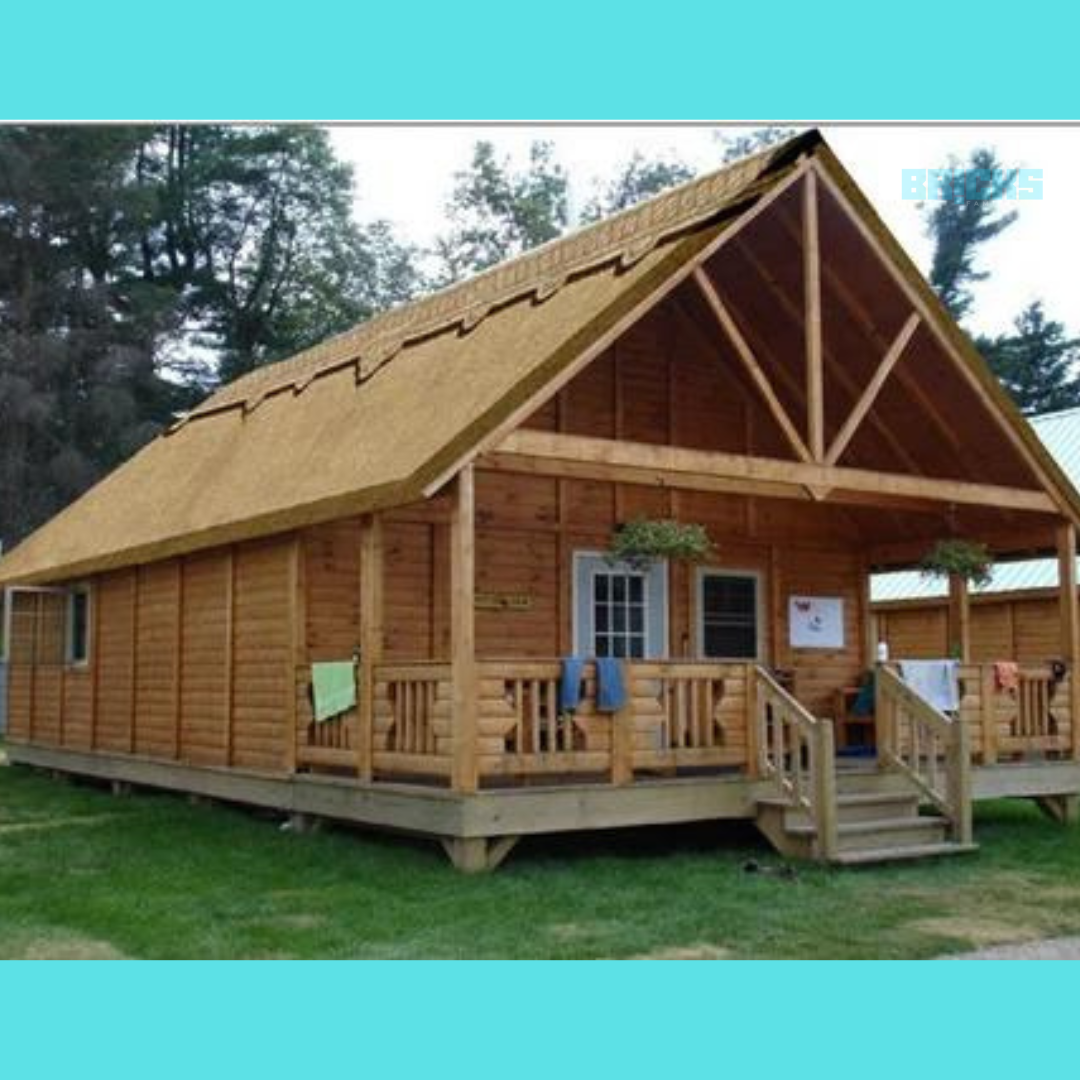Modular homes are becoming increasingly well-liked among builders and customers due to the rising need for inexpensive housing. This blog gives you detail about Modular Homes – Revolutionizing Housing in India.
There have been numerous advancements made in building design over time. The industry is constantly changing as a result of new concepts. Making modular homes in India is a wonderful concept that recently gained popularity.
Pre-built components created in a factory are used to construct modular homes. These sections are then transported and assembled at the desired location. Even though the idea for modular homes was first established in India in the 1960s, they were mostly used for research. Modular homes are becoming increasingly popular today, particularly for living in cities.
There is a great need for quality housing because cities are expanding swiftly, and more people are moving in. But there are far too few affordable homes, leading to a severe scarcity. A potential remedy for this issue is modular construction. This is because they provide a quicker, more affordable alternative to building dwelling units.
It is simpler to build modular home components quickly and precisely when constructed in a factory. As a result, the construction of dwellings can be completed more quickly and for less money.
What is a Modular Home?
A modular home is a prefabricated housing made in a factory in sections or modules. Each module is often constructed on an assembly line, with specialized employees tasked with specific responsibilities. After arriving at the construction site, the modules are crane-lifted into position and attached to a foundation. Unlike traditional on-site construction, which takes several months, the assembly can be finished in a few days.
Small single-story and massive multi-story homes are available in a wide range of sizes and designs for modular homes. Homebuyers can personalize their homes by selecting from various floor layouts and finishes. Additionally, several building materials, including wood, steel, and concrete, can be used to construct these homes.
Manufactured vs. Modular Homes
Modular homes and manufactured homes sometimes need to be corrected. These two, however, differ greatly from one another. Manufactured homes are completely constructed in a factory and delivered to the construction site on a chassis. They may be relocated from one place to another and are frequently called mobile homes.
On the other hand, modular homes are constructed in parts or modules and delivered to the construction site on a flatbed truck. They are assembled on a foundation once at the location and are regarded as permanent buildings.
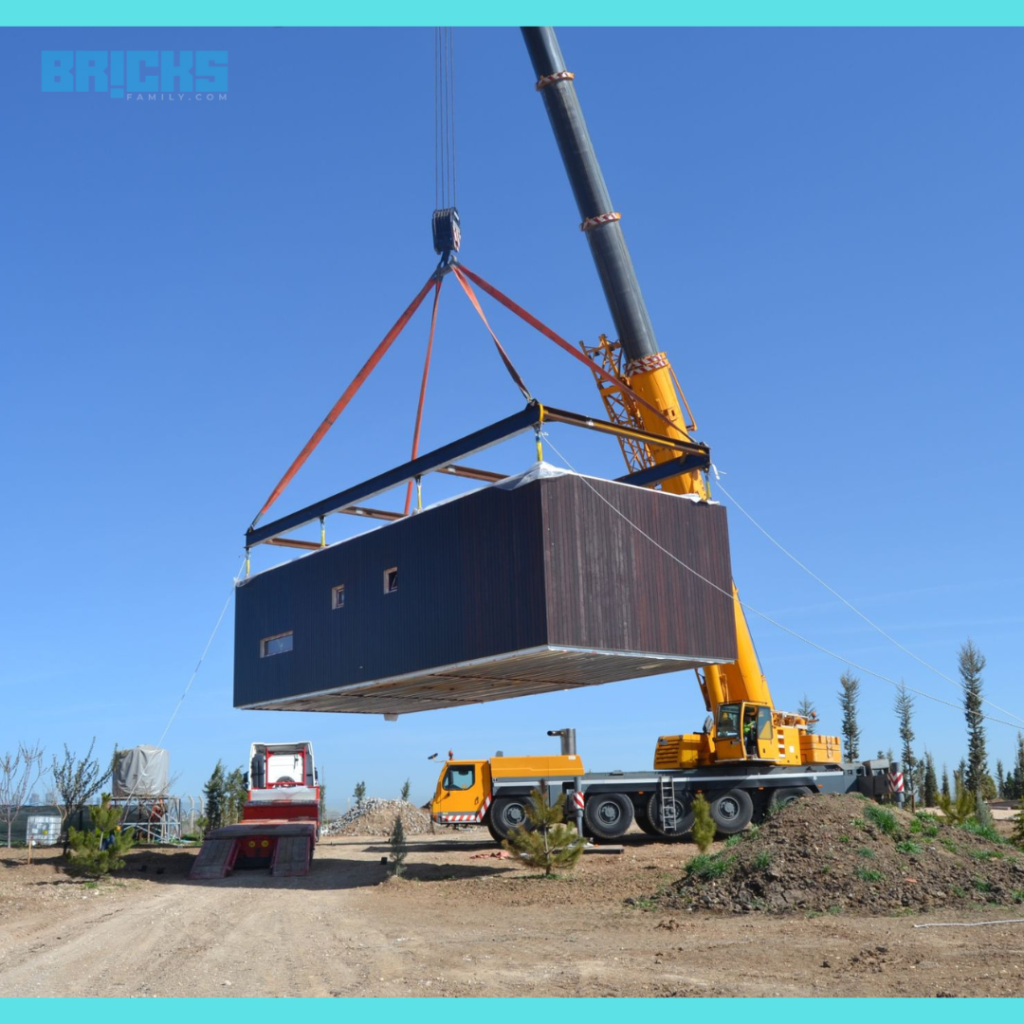
How is a Modular Home Built?
Quality building materials that meet or exceed regional building codes are used to construct modular homes. Using computer-aided design (CAD) software, the home’s design is the first step in the construction process. The modules are then built in a factory setting under regulated conditions.
When the modules are finished, they are shipped to the construction site, where they are put together on a foundation. After a few days of erection, the residence is normally finished with siding, roofing, and other external finishes.
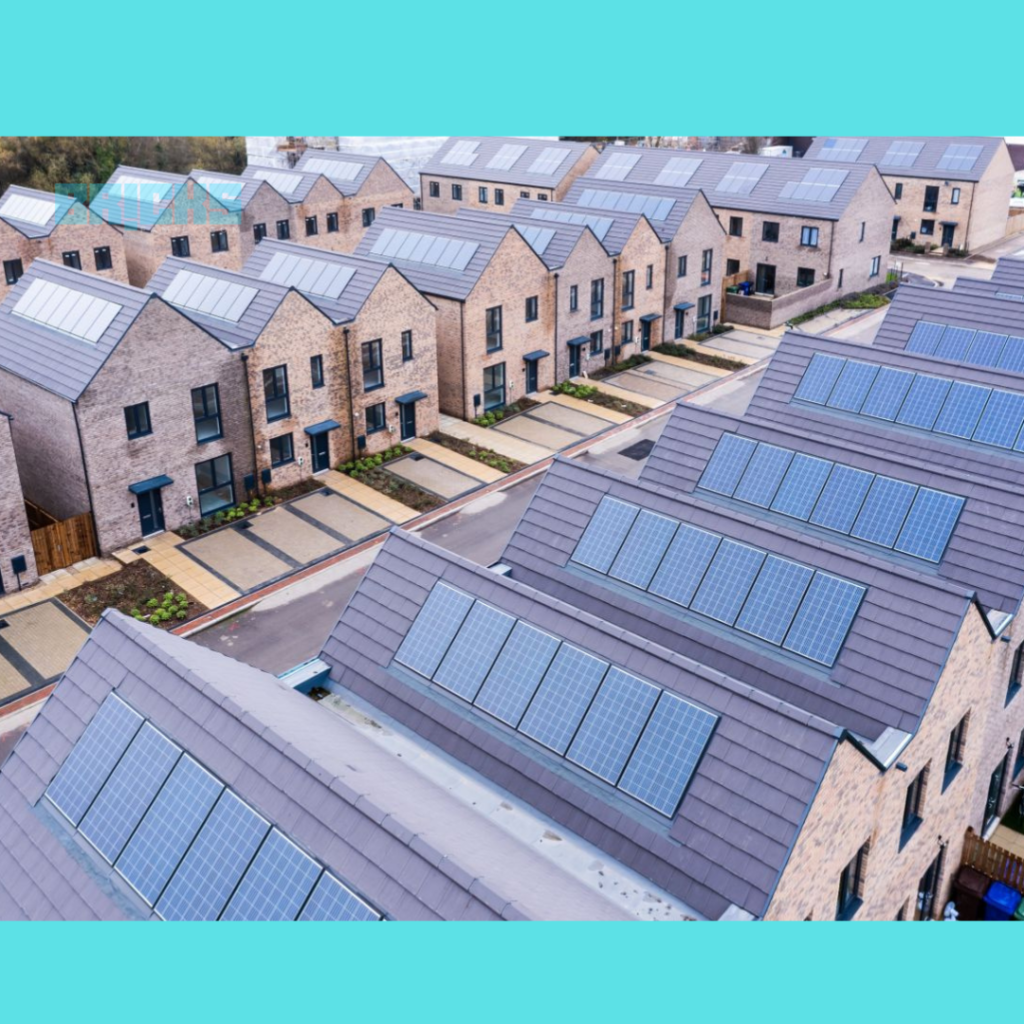
Advantages of Modular Homes
The advantages of modular homes over conventional site-built dwellings are numerous. The quickness of the building is one of the key benefits. Building a site-built home takes far longer than building a modular home. Additional advantages include the following:
Cost-effectiveness: Modular homes are frequently more affordable than homes constructed on-site. This is so that materials may be bought in quantity and the industrial construction process can be more effectively completed. The factory’s controlled atmosphere also lessens the possibility of material waste, which can help drive down costs.
Environmentally friendly: Modular homes are created with energy efficiency in mind. They are well-insulated and feature energy-efficient windows and doors since they are constructed following high-quality standards. Additionally, many modular homes feature energy-saving equipment, which can help reduce utility costs.
Options: These homes provide a great deal of design and modification options. There are numerous types, sizes, and floor plans available to homeowners. They can choose from various fixtures and finishes to design a home that matches their unique tastes and styles.
Consistent Quality: Modular homes are constructed to exacting standards of quality. Each module is constructed precisely according to specifications, thanks to the factory construction procedure. As a result, the quality is constant across the entire house.
Disadvantages of Modular Homes
Although modular homes provide many benefits, there are a few drawbacks.
Modular homes are customizable, but their customization is still constrained by the design possibilities provided by the manufacturer. This can make it challenging to design a house that satisfies your requirements and preferences.
Costs associated with delivery and installation: Modular homes are often delivered to the construction site in substantial parts, which can be expensive. As specific equipment and experience may be needed, installation costs may also be greater than for a conventional site-built home.
Costs associated with land preparation: Modular homes need a level, sturdy foundation, which can be expensive to create. This may entail digging, grading, and pouring a concrete foundation and setting piers or a basement.
Resale value: Compared to conventional site-built homes, modular homes could have lower resale prices. This is because it is thought they could be stronger and more lasting.
Financial difficulties: Because modular homes are considered less valuable than site-built homes, some lenders may be reluctant to offer to finance them. Additionally, modular home construction loans could have stricter qualification standards and higher interest rates.
Limited room for alterations after construction: It may be challenging to make changes or improvements to the home once the modules have been manufactured in the factory. This can make it difficult to modify the house in the future to suit new demands or tastes.
An Overview of modular homes
The construction business has been completely transformed by modular homes, which provide a quick and inexpensive method of building houses. Modular construction speeds up construction and lowers labor costs by assembling pre-built parts at a factory and moving them to the construction site. Modular homes are a practical option for delivering high-quality housing to metropolitan populations because of their adaptability, toughness, and energy efficiency.
Also Read: Vastu Shastra vs Fengshui: 10 Key Differences
Similar Topics: 15 Modern Kitchen Appliances To Ease Your Life









